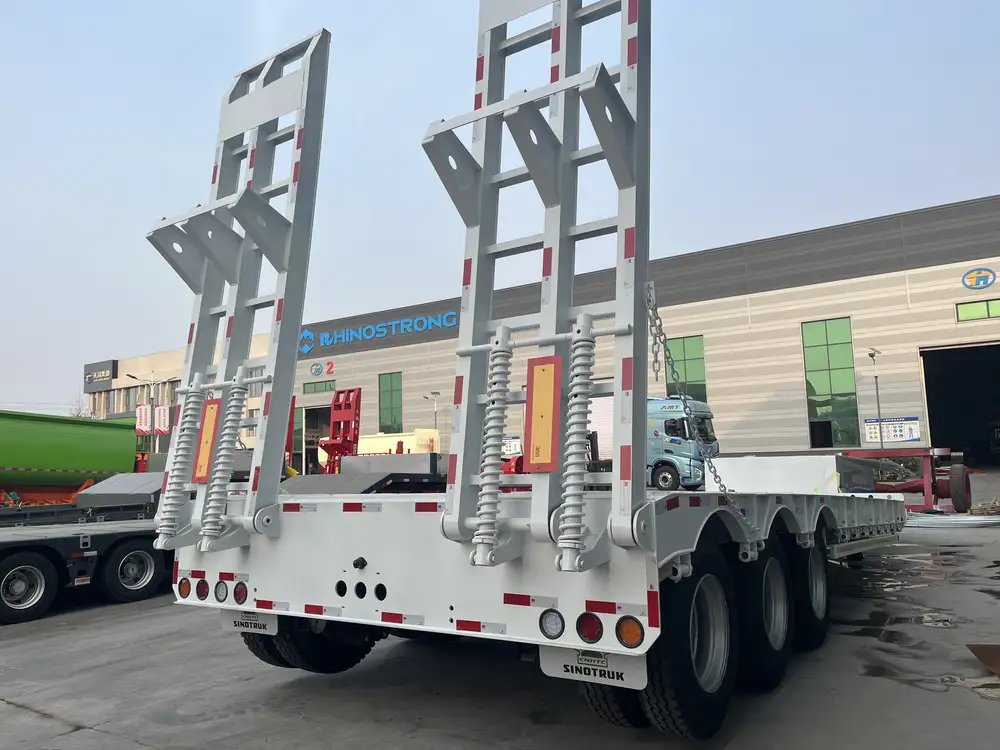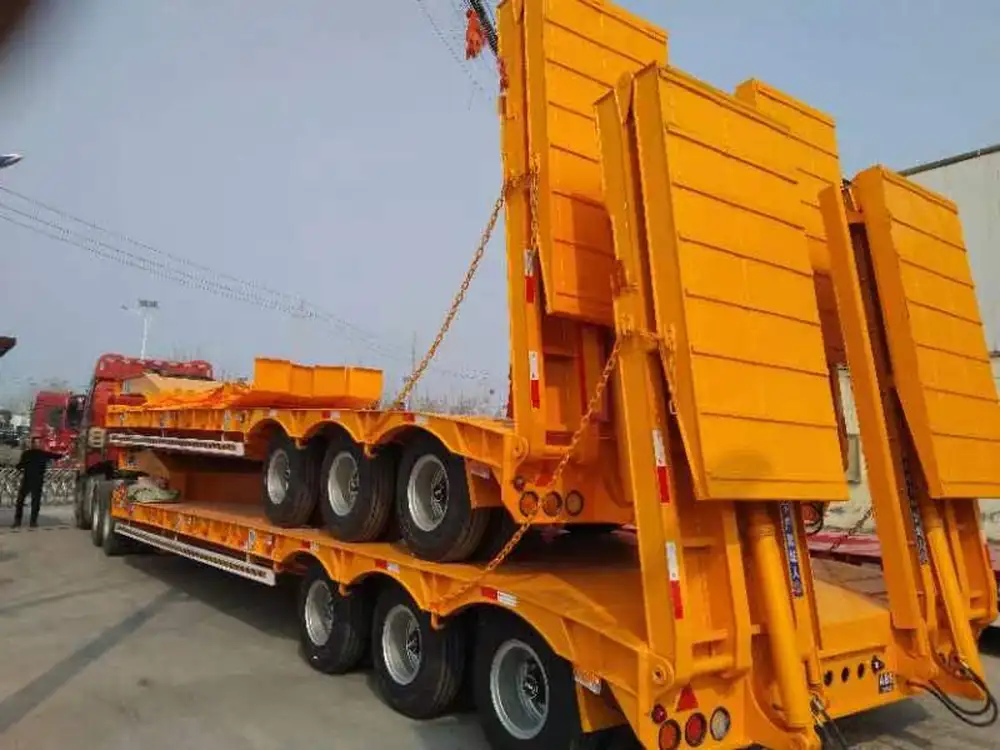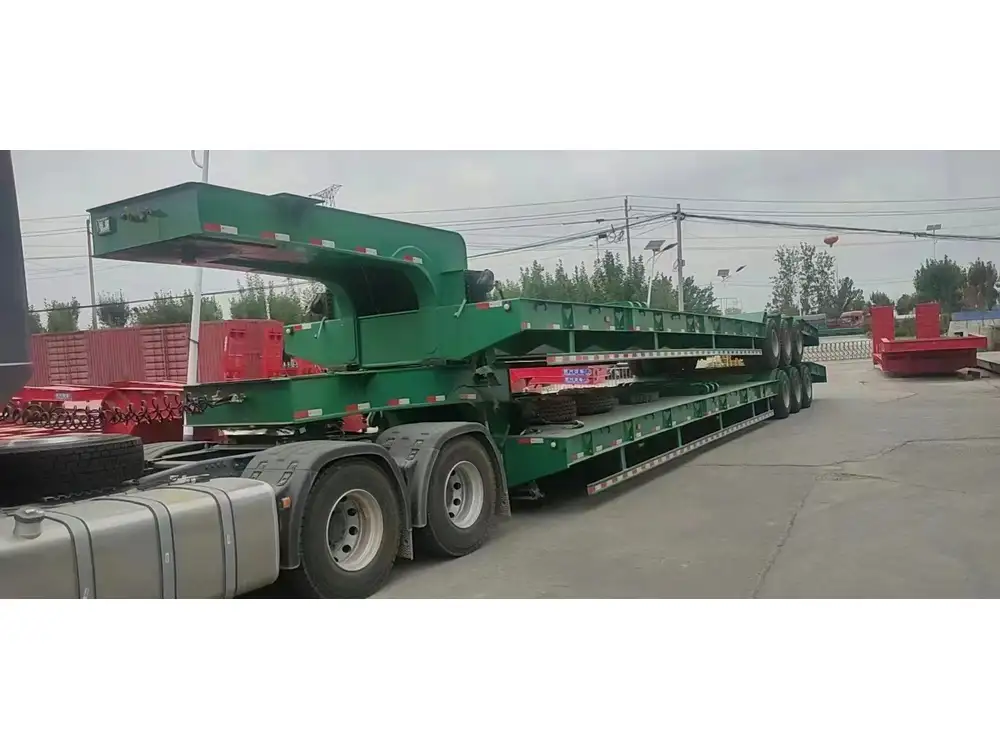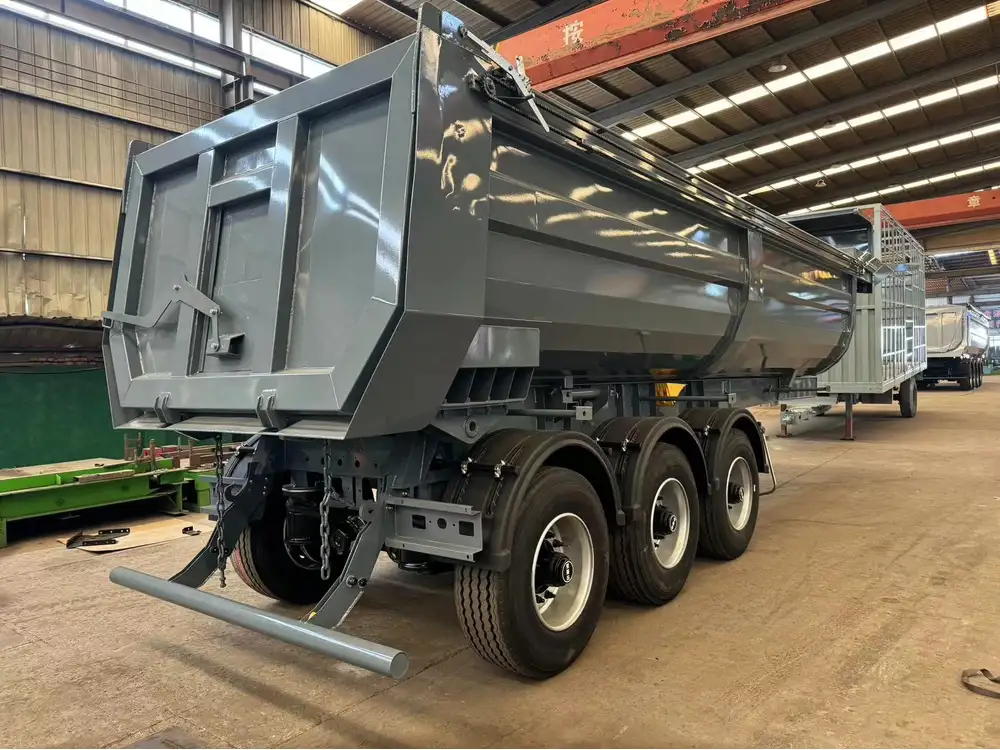Removing springs from a semi-trailer door may seem daunting, but with the right knowledge, tools, and methods, you can carry out this task smoothly and safely. In this article, we will break down the process step-by-step, offering insights into best practices, essential tools, and safety precautions, ensuring that you approach the task with confidence and competence.
Understanding the Semi-Trailer Door Springs
Semi-trailers typically use either torsion springs or extension springs. Understanding the type of spring used in your trailer door is crucial, as it influences not only the removal method but also the subsequent reinstallation.
Types of Springs
| Type | Description | Use Case |
|---|---|---|
| Torsion Springs | Coiled springs that store energy when twisted. | Commonly used for heavy doors that need lifting. |
| Extension Springs | Springs that are stretched to create tension. | Typically found in lighter doors or hatches. |

Tools and Equipment Required
Before you commence with the removal of the springs, ensure you have the following tools at hand:
- Safety Goggles: Essential for protecting your eyes from debris.
- Gloves: Heavy-duty gloves to protect your hands.
- Wrenches/Sockets: For loosening bolts and nuts.
- Spring Hook Tool: A dedicated tool to safely manage springs.
- Pliers: For gripping and holding smaller parts.
- Ladder: If the semi-trailer door is elevated.
- Measuring Tape: To take necessary measurements for reinstallation.
Step-by-Step Guide to Removing Springs from a Semi-Trailer Door
Removing the springs requires careful planning and execution to avoid injury or damage. Follow these detailed steps for a safe and efficient operation.
1. Preparation
- Safety First: Inspect your work area, ensuring it is clear of obstacles and clutter. Always wear safety gear.
- Stabilize the Trailer: If the semi-trailer is loaded, ensure it is properly parked and secured, using wheel chocks if necessary.
- Identify the Spring Type: As noted earlier, identify whether you are dealing with torsion or extension springs.

2. Accessing the Spring Mechanism
- Open the Door: If possible, raise the semi-trailer door slightly to alleviate tension on the springs.
- Inspect the Mechanism: Look for any visible bolts, connectors, or latches securing the spring mechanism. Note the arrangement for reinstallation.
3. Removing Torsion Springs
For torsion springs, follow these specialized instructions:
- Secure the Door: Use a door holder to keep it from moving.
- Remove the End Cap: Locate and remove the end cap that covers the spring using your wrench.
- Release the Tension: Carefully unwind the torsion spring by rotating the spring rod in the counter-clockwise direction. Use the spring hook tool to manage the tension.
- Detach the Spring: Once the tension is released, slide out the spring from its mount, taking care to avoid any sudden movements.
4. Removing Extension Springs
If your semi-trailer door uses extension springs, adhere to the following steps:
- Release the Tension: Unhook the extension spring from its mounting bracket by carefully pulling the spring with pliers. Ensure you are stable and the spring is disengaged from tension.
- Detach from the Door: Once unhooked, carefully remove it from the door’s frame. If there are multiple springs, repeat the process systematically.

5. Inspect and Service the Mechanism
After the springs have been removed, take the opportunity to inspect the hardware for any signs of wear or damage:
- Check the Bolts and Nuts: Ensure they are not stripped or corroded.
- Lubricate Moving Parts: Apply a suitable lubricant to hinges and rollers to ensure smooth operation upon reinstallation.
6. Final Considerations and Cleanup
- Organize Components: Keep all screws, bolts, and components in a container to avoid losing parts.
- Evaluate Replacement Options: If the springs show signs of wear, consider replacing them while the door is disassembled.
- Dispose of any Waste Properly: If any old springs are beyond use, ensure they are disposed of in adherence to local regulations.
Safety Precautions
Adhering to safety protocols cannot be overstated in this kind of manual work:
- Stay Aware of Tension: Always be cautious of the tension within the springs. A sudden release can cause injury.
- Use the Right Tools: Ensure that you are using the correct tools as specified; improvised tools can lead to accidents.
- Monitor the Area: Keep distractions to a minimum, and if working with a team, communicate clearly to prevent accidents.

Troubleshooting Common Issues
While removing springs, you may encounter specific issues. Here are thoughts on how to manage them:
| Issue | Solution |
|---|---|
| Spring Won’t Unhook | Check for rust or corrosion that may have seized the hook; apply penetrating oil if necessary. |
| Excess Tension | Reassess your methodology; ensure you’re releasing tension gradually and steadily. |
| Missing Components | Double-check your parts inventory and consider sourcing replacements sooner rather than later. |
FAQs on Spring Removal from Semi-Trailer Doors
What Should I Do If the Spring Snaps During Removal?
- Remain calm; ensure you are at a safe distance from the spring’s path. Assess the damage and move on to a careful re-insertion of the remaining component.

How Do I Know When to Replace Springs?
- Signs of wear, such as fraying, rust, or cracks, mean replacement is imminent. Pay attention to any sounds or resistance when operating the door.
Can I Perform This Task Alone?
- While it is possible, having a second person assist can help significantly. One person can stabilize the door while the other handles the springs.
Conclusion
The meticulous process of removing springs from a semi-trailer door, while intricate, can be efficiently managed with the right knowledge, tools, and precautions. By understanding the types of springs, preparing adequately, and following systematic procedures, you can ensure safe and effective spring removal. This guide serves not only as a manual for practical application but also a resource for reflection on proper maintenance and safety protocols. By following our structured steps and insights, you are well on your way to mastering this essential task.



